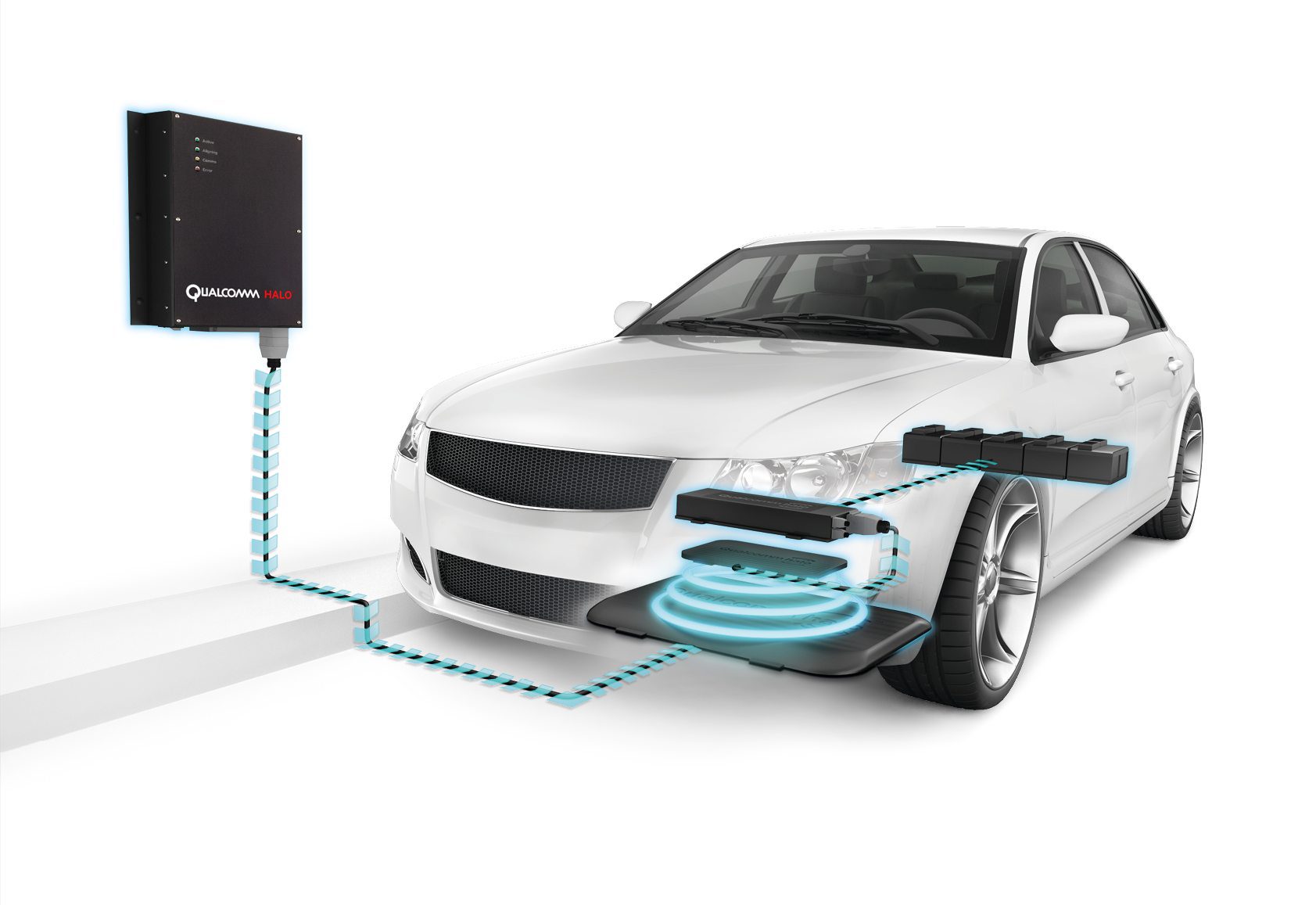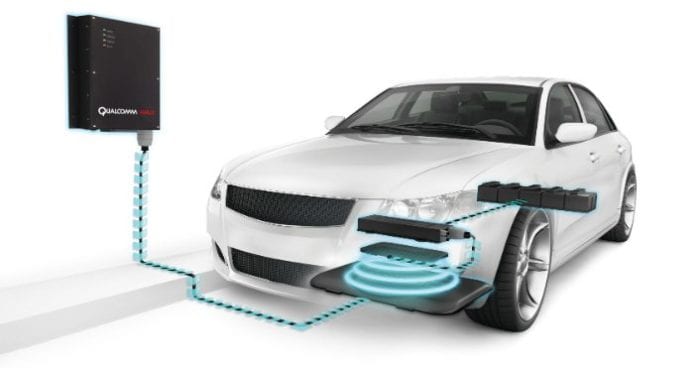Wireless charging is a common discussion related to electronic devices. But what about charging electric vehicles? Qualcomm and Daimler are collaborating on how to bring wireless charging to the world of the connected car. Qualcomm recently announced a strategic initiative that builds on work from earlier this year in support of the Mercedes AMG Petronas Formula One team as a technology partner.
The announcement to collaborate via Formula One aims to develop new connected car technologies focused on real-time data transmission, sensor networks and the integration of wireless charging. This relationship actually began about a year ago, and led to the press release in early March. Based on lessons learned through motorsports, technologies can be advanced into the commercial world. Think of motorsports as rapid prototyping in the extreme version of a car.
Wireless charging is core to Qualcomm’s strategy. Wireless charging in the car is about the freedom to move without having to be tethered to a charger, as is the case with electric vehicles, today. You must find a charger, stop the car, plug the cable in and wait. The goal of this partnership is to eliminate a lot of the annoyances associated with electric vehicles that limit wider public adoption.
The Qualcomm Halo WEVC technology could allow Daimler customers to charge their electric vehicles and plug-in hybrids without ever having to plug them in, and Qualcomm WiPower technology enables consumer electronics to charge wirelessly in-vehicle.

First we will see wireless charging within vehicles that allow for passenger devices to be charged without wires just by being positioned on a charging area within the car. Then we move on to wireless charging pads that vehicles can park over – whether in public places or their home garages. As new business models emerge around this topic, retail and dining establishments could offer these quick charging pads in return for frequenting their establishments.
The future vision is to move beyond static charging with the current stationary requirement to one that supports slow-moving traffic near intersections for example. And finally, some day there will be charging lanes on highways where vehicles can be “charging in motion” in a designated lane while traveling at a high rate of speed. Sounds like a future that makes electric vehicles much more interesting to the masses.
Like what you read? Follow me on twitter!
Claudia Bacco, Managing Director – EMEA for RCR Wireless News, has spent her entire career in telecom, IT and security. Having experience as an operator, software and hardware vendor and as a well-known industry analyst, she has many opinions on the market. She’ll be sharing those opinions along with ongoing trend analysis for RCR Wireless News.

